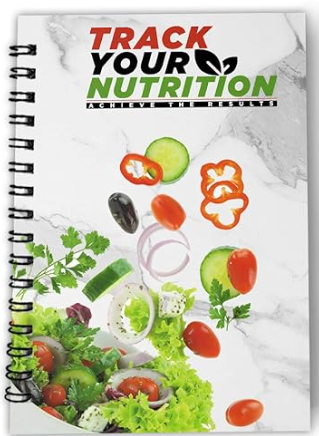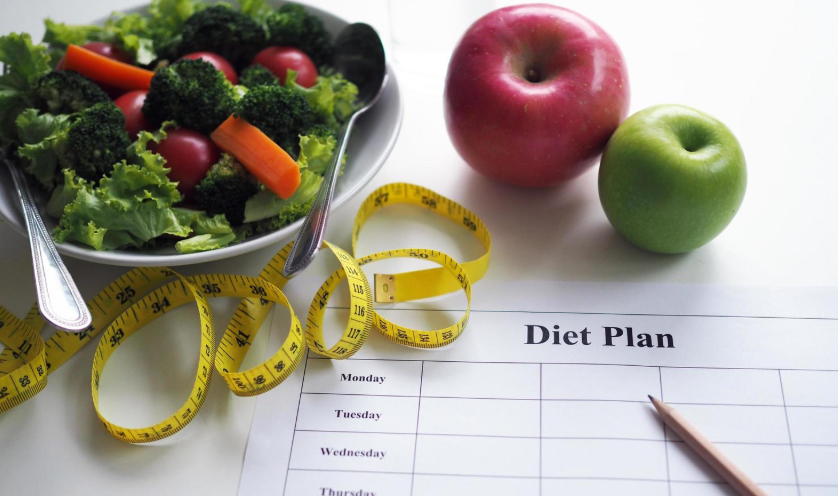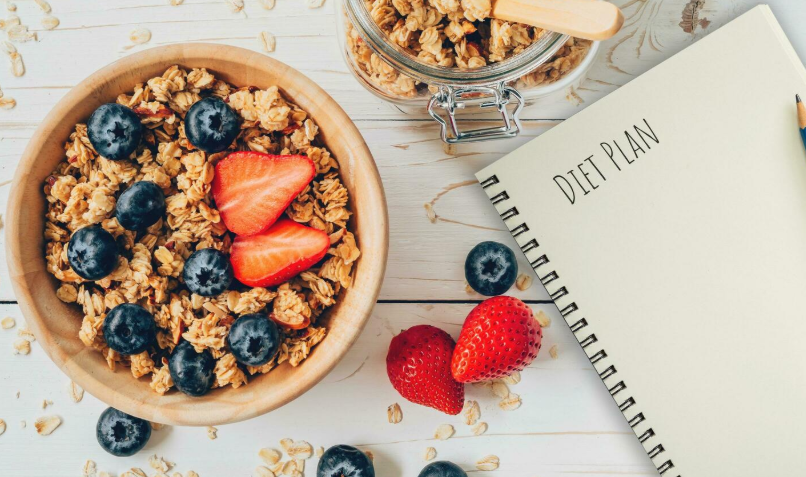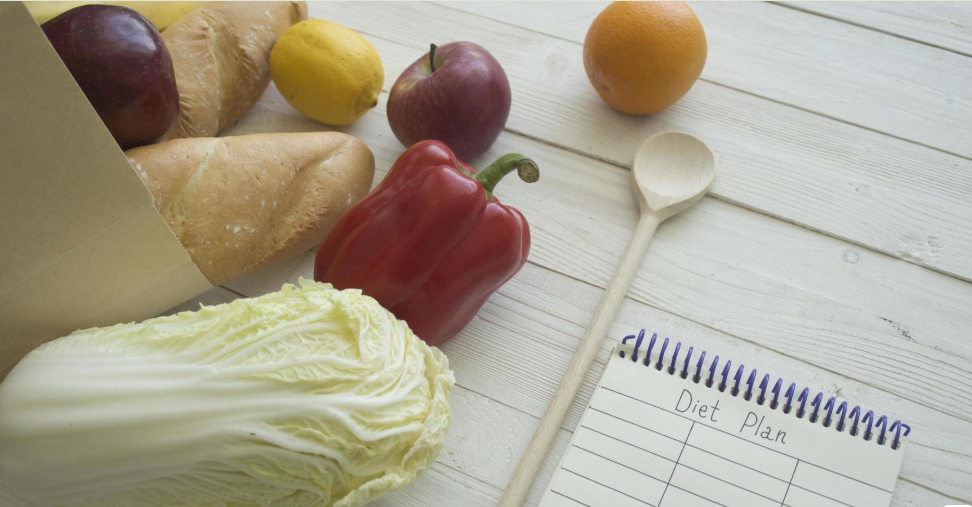
Meta Description
Looking for a simple yet effective way to boost your energy, manage weight, and strengthen immunity? This detailed 7-day balanced diet chart for healthy living offers nutrient-packed meals, portion guidance, and lifestyle tips for long-term wellness.
Introduction: Why Balanced Diet Matters
You’ve probably heard the saying, “You are what you eat.” But what does it really mean? The foods you choose each day play a powerful role in influencing your health, energy levels, mood, and even how long you live. A balanced diet is not about counting calories or starving yourself—it’s about eating smarter. Imagine your body as a machine: if you fuel it with the right nutrients, it runs smoothly, but if you fill it with junk, it breaks down sooner.
What is a balanced diet chart
Definition and Principles
A balanced diet supplies the body with all vital nutrients—carbohydrates, proteins, fats, vitamins, and minerals—in proper proportions for overall health. It ensures your body gets enough fuel without overloading it with harmful excesses.
Role of Macronutrients
Carbohydrates: Your body’s primary source of energy. Choose complex carbs like whole grains, oats, and brown rice instead of refined ones.
Proteins: The building blocks for muscles, enzymes, and hormones. Include lean meat, eggs, legumes, or plant-based proteins daily.
Fats: Not all fats are bad. Healthy fats from nuts, seeds, and olive oil protect the heart and support brain health.
If you want to start your diet plan, you can visit this link.

Importance of Micronutrients
Vitamins: Essential for immunity, skin, and organ function.
Minerals: Like iron for blood health, calcium for bones, and zinc for wound healing.
Fiber: Improves digestion and prevents overeating.
Key Benefits of a Balanced Diet
Boosts Energy Naturally
Balanced meals regulate blood sugar levels, preventing sudden crashes that make you feel sluggish.
Supports Weight Management
By focusing on nutrient-rich foods and portion control, you avoid unnecessary cravings and overeating.
Strengthens Immunity
Essential nutrients such as vitamin C, vitamin D, and zinc help build a natural defense system that protects the body from infections.
Enhances Mental Health
Eating fresh, whole foods supports brain function, reduces stress, and helps improve sleep.

Golden Rules for Healthy Eating
Apply the 50-25-25 rule: load half your plate with vegetables, reserve a quarter for wholesome carbohydrates, and the last quarter for protein-rich foods.
Keep yourself hydrated by aiming for 8 to 10 glasses of water each day.
Eat on Time: Skipping meals slows metabolism and encourages binge eating later.
Limit Processed Foods: They are high in empty calories, sugar, and unhealthy fats.
Practice Moderation: Balance is key—even healthy foods should not be overeaten.
7-Day Balanced Diet Chart: Complete Plan
This plan is versatile, suitable for most adults, and can be easily customized for vegetarians, non-vegetarians, or vegans.
Day 1 Diet Plan
Breakfast: Oatmeal cooked in low-fat milk, topped with banana, chia seeds, and a drizzle of honey.
Mid-Morning Snack: 6–8 soaked almonds.
Lunch: Brown rice with grilled chicken breast (or paneer), dal, and a cucumber-tomato salad.
Evening Snack: Green tea with roasted chickpeas.
Dinner: 2 whole wheat chapatis, mixed vegetable curry, and spinach dal.
Day 2 Diet Plan
Breakfast: Vegetable poha with peanuts, served with a glass of buttermilk.
Mid-Morning Snack: 1 orange or apple.
Lunch: Quinoa stir-fried with beans, broccoli, and carrots.
Evening Snack: Fresh fruit bowl (papaya, kiwi, and grapes).
Dinner: Grilled salmon (or tofu for vegetarians) with sautéed spinach and lentil soup.

Day 3 Diet Plan
Breakfast: Scrambled eggs with multigrain toast (vegetarians can opt for sprouts with lemon).
Mid-Morning Snack: Greek yogurt with flaxseeds.
Lunch: Millet khichdi with cucumber raita.
Evening Snack: Herbal tea with roasted peanuts.
Dinner: Vegetable pulao with dal and leafy green salad.
Day 4 Diet Plan
Breakfast: Smoothie with spinach, banana, oats, and flaxseeds.
Mid-Morning Snack: A handful of walnuts.
Lunch: 2 whole wheat chapatis with dal and bhindi (okra) sabzi.
Evening Snack: Yogurt mixed with chia seeds.
Dinner: Baked fish (or soya chunks) with quinoa salad.
Day 5 Diet Plan
Breakfast: Vegetable upma with coconut chutney.
Mid-Morning Snack: Seasonal fruit (mango, guava, or pear).
Lunch: Rajma curry with brown rice and onion-cucumber salad.
Evening Snack: Roasted pumpkin or sunflower seeds.
Dinner: Tomato soup, chapati, and mixed vegetable stir-fry.
Day 6 Diet Plan
Breakfast: Greek yogurt with oats, honey, and berries.
Mid-Morning Snack: Carrot and cucumber sticks with hummus.
Lunch: Grilled chicken wrap (or paneer wrap) with a whole wheat tortilla.
Evening Snack: Sprouts chaat with lemon and spices.
Dinner: Lentil soup with sautéed vegetables and multigrain roti.
Day 7 Diet Plan
Breakfast: Idli with sambar and coconut chutney.
Mid-Morning Snack: 1 banana with natural peanut butter.
Lunch: Vegetable biryani with cucumber raita.
Evening Snack: Green tea with roasted sunflower seeds.
Dinner: 2 chapatis with palak paneer (or grilled tofu) and salad.

Customization Tips
For Vegetarians
Swap out meat or eggs with protein-rich options such as paneer, lentils, or legumes.
You can also boost your meals by adding soy-based foods like tofu or tempeh.
For Non-Vegetarians
Incorporate lean meats like chicken, fish, or boiled eggs for variety.
For Vegans
Replace dairy with almond, oat, or soy milk.
Use tofu instead of paneer and nutritional yeast for cheesy flavor.
Superfoods to Add for Extra Nutrition
Chia seeds: Improve digestion and provide omega-3s.
Avocado: Loaded with heart-healthy fats.
Green tea: High in antioxidants for detox.
Berries: Packed with vitamins and anti-aging compounds.
Spinach and kale: Excellent sources of iron and fiber.
Foods to Limit or Avoid
Sugary sodas, cakes, and pastries.
Fried fast food like burgers, fries, and samosas.
Refined flour products like white bread and pasta.
Excess salt and packaged snacks.

Lifestyle Habits to Complement the Diet
Exercise regularly: at least 30 minutes of walking, cycling, or yoga.
Get enough sleep: 7–8 hours helps regulate metabolism and hormones.
Practice mindful eating: Chew slowly, and avoid screens while eating.
Manage stress: Meditation, journaling, or hobbies keep your mind calm.
Conclusion
This 7-day balanced diet chart for healthy living is a practical way to start eating right without feeling deprived. By including whole grains, fresh vegetables, lean proteins, and healthy fats, you’ll nourish your body while enjoying delicious meals. Remember—health isn’t about short-term dieting; it’s about building sustainable habits. Follow this plan consistently, and within weeks, you’ll notice more energy, better digestion, and improved overall well-being.
FAQs
What if I skip a meal?
Skipping meals may cause energy crashes and overeating later. If you miss one, try a light, healthy snack instead.
Can I follow this 7-day plan every week?
Yes, it’s safe and can be repeated. Just rotate the fruits, vegetables, and protein sources for variety.
Is this plan suitable for weight loss?
Yes. Since it focuses on portion control and whole foods, it naturally helps with weight management.
Can children follow this diet?
Yes, but reduce portion sizes and include kid-friendly options.
Do I need supplements?
Not unless advised by a doctor. A balanced diet usually provides all nutrients.